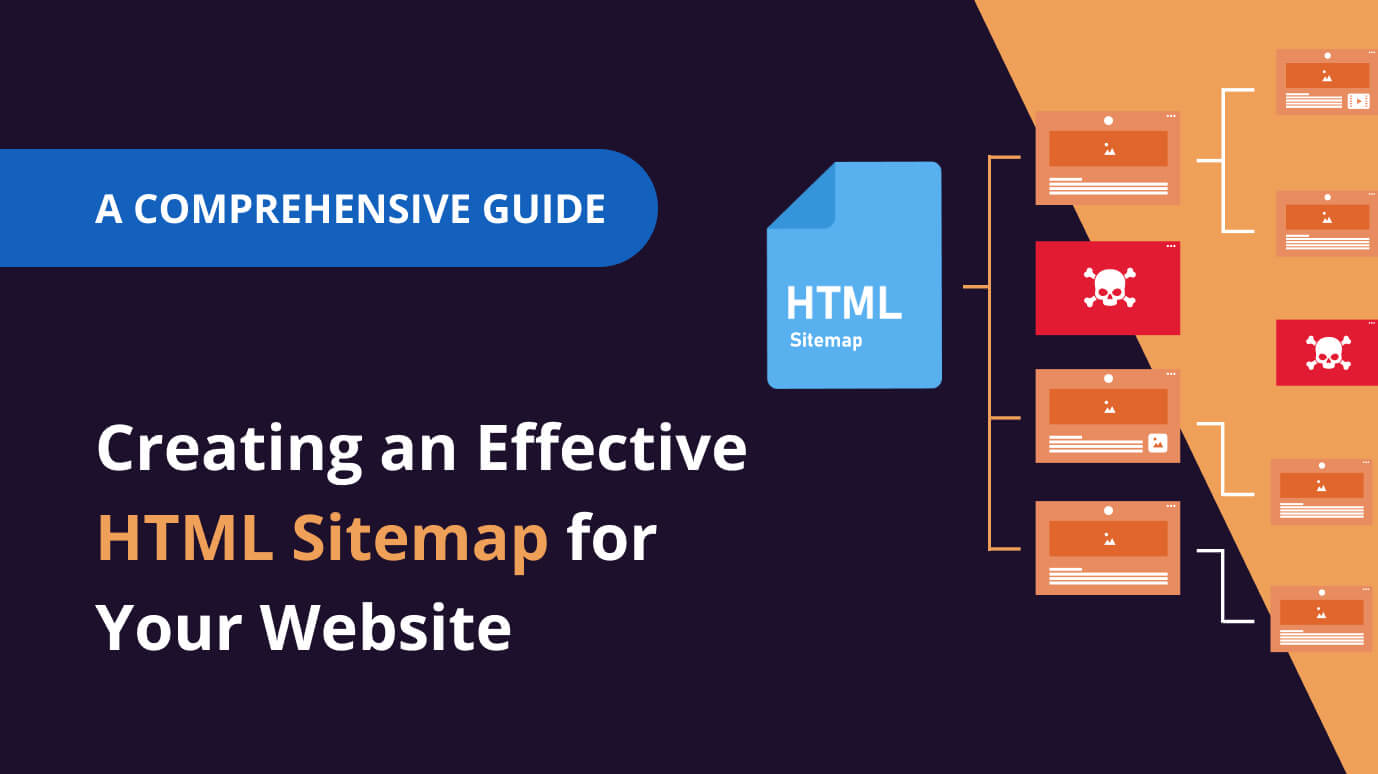
 7 min read
7 min readOptimizing Robots.txt File for SEO: A Comprehensive Guide
Unleash the Power of Robots.txt for Effective SEO
Learn how to master the robots.txt file to improve your website's SEO, prevent unnecessary crawler load, and ensure search engines efficiently index your content.
Mastering your website's robots.txt file can open new doors to better search engine rankings and website performance. Learn how to configure and optimize it to take control of your SEO efforts.
The Importance of Robots.txt in SEO
The robots.txt file serves as a crucial, albeit frequently undervalued, component in the realm of SEO. When appropriately set up, this file aids in optimizing the utilization of the crawl budget and safeguarding confidential information.
The robots.txt file serves as a crucial, albeit frequently undervalued, component in the realm of SEO. When appropriately set up, this file aids in optimizing the utilization of the crawl budget and safeguarding confidential information.
What is Robots.txt File?
The robots.txt file is a component of a website that communicates to search engine crawlers, like Googlebot, which URLs on the site they are allowed to access. This mechanism helps manage the traffic of these crawlers to your site, effectively aiding in preventing overloading your server with requests. It should be emphasized that the primary function of a robots.txt file is not to keep a webpage out of Google search results but rather to control crawling traffic. Therefore, it is not the recommended approach for hiding web pages from Google's search results.
This is especially important to understand because even if a robots.txt file blocks a page, Google may still index the URL if other pages link to it with descriptive text. This could result in the URL appearing in search results, albeit without a description. If you want to exclude your page entirely from Google's search results, it's advised to use other methods such as the noindex meta tag, password protection, or complete removal of the page.
When Should Robots.txt Be Used?
Utilize the robots.txt file to guide search engine crawlers away from particular pages, files, or directories. This can streamline the crawl budget towards substantial content, contributing positively to your SEO. Frequent scenarios include:
- Sensitive information and personal data: Prevent crawlers from accessing this data, though remember that this does not mean the URL will not appear in search results.
- Ancillary pages: This might include post-purchase messages, client forms, etc.
- System files and admin dashboard: These do not typically need to be indexed.
- Search and category sorting pages: Can often generate duplicate content issues.
- Duplicate content: Pages with similar content could dilute SEO value.
- Specific file formats: For instance, videos, PDFs, etc.

Setting Up a Robots.txt File:
To set up a robots.txt file, use a plain text editor like Notepad or TextEdit, or employ a robots.txt generator tool for the task. It is crucial to name the file "robots.txt" (all lowercase), ensuring it does not exceed a size of 500 KiB.
User-agent: *
Disallow: /cgi-bin/
Disallow: /tmp/
Disallow: /~joe/
Sitemap: http://www.example.com/sitemap.xml
In this example, "User-agent: *" means that the following rules apply to all web robots that visit the site.
The "Disallow" lines are instructions for the robots to not access certain parts of the site. In this case, the robots are not allowed to access anything in the "/cgi-bin/", "/tmp/", and "/~joe/" directories.
The "Sitemap" line points to the XML sitemap of the website. This is not required, but it's generally a good idea to include it to help search engines find all of your pages.
Placement of the Robots.txt File:
The robots.txt file should be placed in the root directory of your website. This can typically be accessed through FTP (File Transfer Protocol). It is important to keep a backup of the original file before making any changes, to avoid potential issues and allow for reversion if necessary.
Syntax and Special Characters
- Each directive in a robots.txt file must indeed start on a new line.
- The robots.txt file uses simple syntax to denote its commands. It doesn't require any special encoding for non-Latin filenames, but it's always a good practice to ensure your filenames are universally accessible.
- Case sensitivity matters in the parameters you use in your robots.txt file.
- Spaces, quotation marks, and semicolons aren't recommended for directives.
- The robots.txt file should return a 200 OK HTTP response status code to signify it's found and accessible.
Common symbols:
- / : symbol is used to denote a folder, section, or file.
- * : symbol is used in the "User-agent" line to apply the rules to all relevant search engine robots.
- $ : symbol at the end of a URL path in a "Disallow" or "Allow" line means that the URL ends in a specific way.
- # : symbol is used to mark the remainder of the line as a comment, and it's indeed invisible to search robots.

Summing up: The Robots.txt Checklist
- Ensure the creation of a robots.txt file in the site's root directory (e.g., https://yourwebsite.com/robots.txt).
- Use the robots.txt file to disallow any directories and files that should not be crawled by automated bots.
- Include in the robots.txt file a list of one or more XML sitemaps.
- Validate the format of your robots.txt file to ensure it's correct.
- Use the robots.txt Tester tool in Google Search Console to test if your robots.txt file properly blocks Google web crawlers from specific URLs on your site.
- The Tester tool also helps identify any syntax warnings and logic errors in your robots.txt file.
- You can simulate different user-agents using the tool to understand how various Google web crawlers interpret your robots.txt file.
- If necessary, make changes to your robots.txt file and retest using the tool. Note that changes made in the tool are not automatically saved to your web server. You need to manually copy and paste any modifications made in the tool into the actual robots.txt file stored on your server
Take control of your website's SEO by mastering the robots.txt file, ensuring efficient use of the crawl budget, and guiding search engine crawlers to focus on your most valuable content. With proper implementation, you'll be on your way to improved search rankings and better website performance.

FAQ
How do I get to the robot.txt?
To access your website's robots.txt file, simply type your website's URL followed by /robots.txt in the address bar of your browser. For example, if your website's URL is https://example.com, you would type https://example.com/robots.txt.
How do I view robots.txt on my website?
To view the robots.txt file on your website, follow these steps:
- Open your preferred web browser (e.g., Google Chrome, Firefox, Safari, etc.).
- Type your website's URL followed by /robots.txt in the address bar. For example, if your website's URL is https://example.com, you would type https://example.com/robots.txt.
- Press the Enter or Return key on your keyboard. The robots.txt file, if it exists, should now display in your browser.
If the robots.txt file doesn't exist, you will likely see a "404 Not Found" or "File not found" error message. In this case, you'll need to create a robots.txt file for your website.
Where is robots.txt in the file manager?
The location of your robots.txt file within your website's file manager or hosting control panel may vary depending on your website platform or content management system (CMS). In general, the robots.txt file should be located in your website's root directory. For example, /public_html or /www.
If you're using a CMS like WordPress, you might find the robots.txt file in the directory where your WordPress installation is located. If the file doesn't exist, you can create one and upload it to your root directory.
How do I edit a robots.txt file?
To edit a robots.txt file, follow these steps:
- Access your website's file manager or hosting control panel (e.g., cPanel, Plesk, etc.).
- Navigate to your website's root directory (e.g., /public_html or /www).
- Locate the robots.txt file in the root directory. If it doesn't exist, you can create a new text file and name it robots.txt.
- Open the robots.txt file using your file manager's built-in text editor or download the file to your computer and edit it using a text editor like Notepad or TextEdit.
Update the file with the desired rules and directives to manage how search engines crawl and index your website. For example, to disallow all crawlers from indexing a specific folder, add the following lines:
User-agent: *
Disallow: /example-folder/
- Save your changes and upload the updated robots.txt file back to your website's root directory if you edited it locally.
It's essential to make sure the syntax in your robots.txt file is correct, as errors in this file can lead to unintended indexing problems. If you're unsure about the syntax, use resources like the Google Search Console's robots.txt tester for guidance.
Sources:

Marcin is co-founder of Seodity
.svg)












